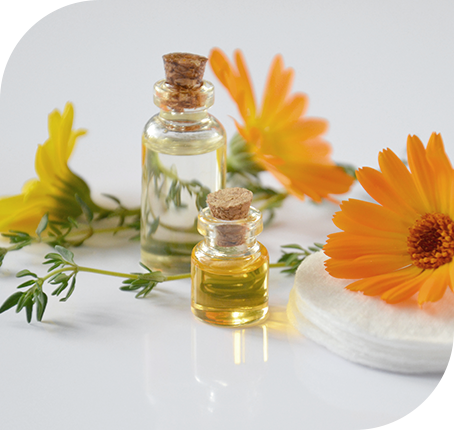Dental care and oral cavity
The ayurvedic daily diet Dinacharya includes three types of dental health practices:
- Kavala vidhi – retention of vegetable oil in the mouth;
- Gandusha vidhi – gargling vegetable oil;
- Dantadhavan – teeth brushing.
These practices serve to maintain hygiene and strengthen the teeth and oral cavity, strengthen the gums and improve the health of this area.

How to brush your teeth according Ayurveda
For dantadhavan, it is recommended to use brushes from tree branches and herbal mixtures.
The brushes are soft pieces of a branch about 23 cm long, and the herbal blends include:
- Neem
- Babool
- Triphala
- Pilu
Of course, you can use a regular toothbrush or massage your teeth and gums with the healing herbal powder, using your fingers.
Way of practicing Kavala vidhi and Gandusha vidhi
Kavala vidhi and Gandusha vidhi are performed with cold-pressed sesame oil or cold-pressed olive oil early in the morning as part of the daily hygiene ritual.
1. After brushing your teeth, take 15 ml of cold-pressed sesame or coconut oil.
2. Pour the oil into your mouth and hold it for 3-5 minutes or until mixed with enough saliva.
3. Instead of holding the oil in your mouth, you can gnaw it for 3-5 minutes, after you have previously practiced the retention and got used to the feeling.
4. After applying point 2 or 3, be sure to spit out the oil.
5. Rinse the oral cavity with about 100 ml of warm water (45-50 degrees).
Benefits of Kavala vidhi and Gandusha vidhi
The practice of Kavala and Gandusha is of great benefit to the teeth and gums, as well as to the oral cavity as a whole.
These practices protect teeth from inflammation and strengthen their roots.
Problems such as gingivitis, edema and bleeding gums, periodontitis, caries, pulpitis, tooth sensitivity, etc. respond well to Ayurvedic herbs such as:
- Arimedasa
- Nimbi
- Cloves


